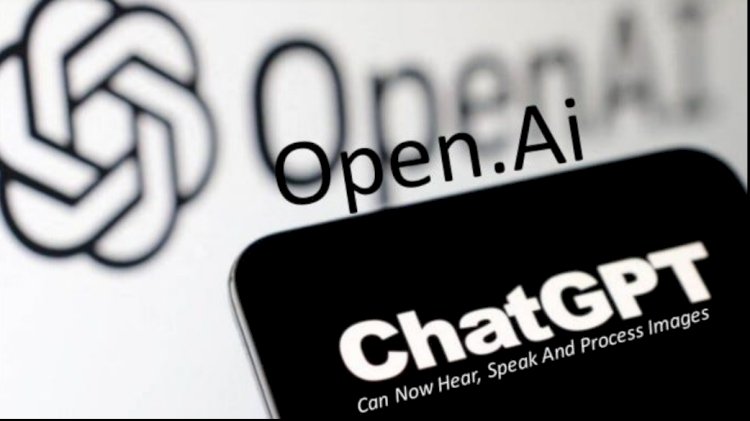ChatGPT Can Now ‘Speak,’ Listen, and Process Images: A Revolutionary Update by OpenAI

Introduction
OpenAI has made a monumental leap forward in artificial intelligence by unveiling a significant update for ChatGPT. This update, the most remarkable since the introduction of GPT-4, brings unprecedented capabilities to ChatGPT. Now, ChatGPT can 'speak,' listen, and process images, ushering in a new era of human-AI interaction.
Let’s delve into this groundbreaking development, exploring its significance for users, how it works, and its implications for the broader AI landscape.
Understanding the Update
Voice Conversations with ChatGPT
One of the most exciting features of this update is the ability for users to engage in voice conversations with ChatGPT through the mobile app. Users can choose from five different synthetic voices for ChatGPT to respond with, adding a human-like touch to interactions.
Image Processing Capabilities
Equally impressive is ChatGPT’s newfound ability to process images. Users can share images with ChatGPT and even highlight specific areas for focus or analysis. For example, you can ask, “What kinds of clouds are these?” and receive informative responses.
Availability
OpenAI has announced that these exciting changes will roll out to paying users in the next two weeks. While voice functionality will initially be limited to the iOS and Android apps, the image processing capabilities will be
The AI Arms Race
The release of this feature-packed update comes at a time when the artificial intelligence arms race is heating up. Leading players like OpenAI, Microsoft, Google, and Anthropic are pushing the boundaries of AI capabilities by launching new chatbot apps and introducing cutting-edge features to captivate users. For instance, Google recently unveiled a slew of updates to its Bard chatbot, while Microsoft incorporated visual search into Bing. The competition is fierce, and the pace of innovation is astonishing.
Investments in OpenAI
Microsoft’s recent investment of an additional $10 billion in OpenAI underscores the enormous potential of AI. In April, OpenAI raised $300 million in a share sale, valuing the company between $27 billion and $29 billion. This influx of capital signifies the growing importance of AI in various industries.
Addressing Concerns
Despite the excitement surrounding AI advancements, concerns have emerged about the use of AI-generated synthetic voices. While ChatGPT’s update offers a more natural experience, it also raises concerns about the potential for more convincing deepfakes. Cyber threat actors and researchers are already exploring ways to exploit this technology for malicious purposes.
OpenAI has acknowledged these concerns, assuring users that the synthetic voices were “created with voice actors we have directly worked with,” rather than being collected from strangers. However, questions remain about how consumer voice inputs will be utilized and the security measures in place to protect user data.
OpenAI’s terms of service state that consumers own their inputs “to the extent permitted by applicable law.” Additionally, OpenAI’s guidance on voice interactions clarifies that audio clips are not retained and are not used to improve AI models. Nevertheless, transcriptions are considered inputs and may be used to enhance large-language models.
Conclusion
OpenAI’s latest update for ChatGPT marks a significant milestone in the evolution of artificial intelligence. With the ability to 'speak,' listen, and process images, ChatGPT is poised to revolutionize human-AI interactions. However, as with any technological advancement, there are concerns to address. OpenAI’s commitment to addressing these concerns and ensuring user privacy will be crucial as we navigate this exciting new frontier of AI.


















